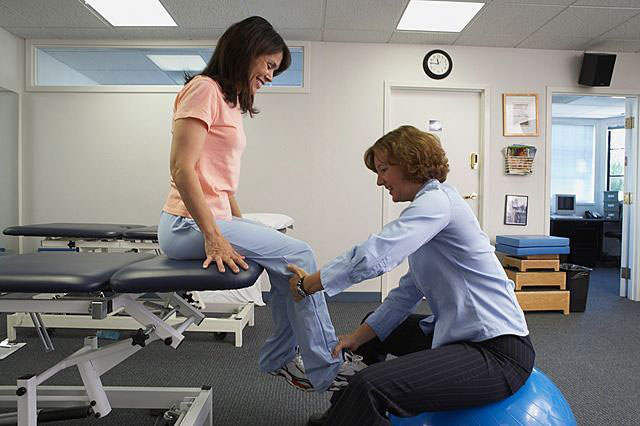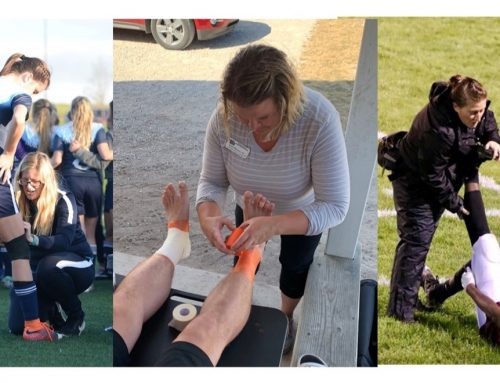A set of twin sisters, Betsy and Sue, go to their 40th high school reunion.
After a few glasses of punch, they decide it’s time to hit the dance floor and do their signature dance, the Hustle.
Everything is going great until the very last rolling grapevine.
By a stroke of terrible luck, both sisters roll their right ankle on the very last rotation, and both collapse laughing on the floor.
At first, the only injury they sustain is a bruised ego. It was the last song of the night, so they head home to chat about all of the friends they caught up with over the evening.
The next morning, Betsy and Sue return to their homes in different states. They discuss their sore ankles but laugh it off as a small price to pay for an otherwise amazing evening.
Four months later, Betsy gets a call from Sue, who sounds upset.
Sue wants to know if Betsy’s ankle is still bothering her. It did for a week or two, Betsy says, but she hasn’t thought about it for the past few months.
Sue goes on to say that her ankle is still extremely painful and she doesn’t understand why.
She has seen her primary doctor, has had two sets of x-rays and was even referred to an orthopedic doctor for an evaluation.
“Everyone just keeps telling me that nothing is broken or torn and I just don’t understand how. I took it really easy for the first couple of months after the dance. Now I can barely put pressure on my ankle and I’m barely able to walk my dogs for more than a few minutes. I just don’t know what to do.”
How can that be?
How can two physically similar people sustain the same type of injury and have such different outcomes?
How can pain be present when doctors and diagnostic imaging can’t identify where the pain is coming from?
This is a frustrating reality that millions of people across the country are facing.
Betsy’s experience was one of acute pain, which has an identifiable onset and improves over the course of a couple of weeks or months.
Sue’s pain has transitioned from acute to chronic pain, which is very different from the way injuries normally heal. The important distinction is that acute and chronic pain needs to be treated differently to achieve a desirable outcome.
If you or someone you know is suffering from long-standing pain that isn’t improving or doesn’t seem to have an explanation, there are steps you can take to help improve your function and mobility.
At Northern Michigan Sports Medicine Center, we created a chronic pain program called “Power Over Pain” that is tailor-made for people in such circumstances. This is not your typical physical therapy program.
Addressing chronic pain as a physical therapist requires extensive training on pain neuroscience education, stress management education, functional exercise prescription and the central role of sleep and nutrition.
The main pillar of our program is education. Understanding how our body processes pain, what kind of pain is OK to work through and what kind isn’t, and learning about how other environmental factors such as nutrition and stress affect your pain levels are central tenets of the program.
This education leads to an effective long term strategy to reduce and manage chronic pain.
The first step is always the toughest step to take, so I’d encourage you to reach out to your physician and physical therapist to find out how you can start to start living a better life while dealing with longstanding pain.
Jeff Samyn is a physical therapist, board-certified orthopedic clinical specialist and certified strength and conditioning specialist at Northern Michigan Sports Medicine Center in Petoskey. He may be reached via e-mail at jsamyn@nmsportsmed.com. This information is not to be considered medical advice and is not intended to replace consultation with a qualified medical professional.







